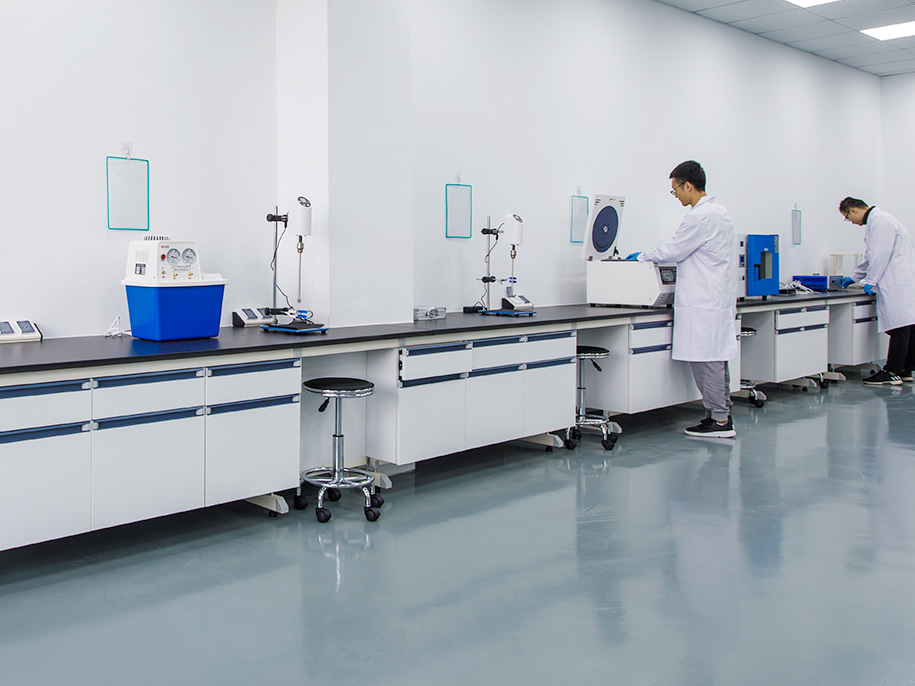Graphite Mining: Unearthing the Future
Graphite mining has emerged as a critical industry, driving advancements in various modern sectors. As a versatile and indispensable material, graphite plays a crucial role in supplying raw materials essential for numerous applications, from cutting-edge technologies to everyday products. This article delves into the significance of graphite mining, exploring its applications, environmental considerations, and future prospects.
The Importance of Graphite
Graphite is a naturally occurring form of crystalline carbon that boasts unique properties, making it a sought-after material across various industries. Its excellent electrical conductivity, high thermal resistance, and lubricating properties contribute to its versatility.
Key Applications of Graphite
- Energy Storage and Batteries
- Lithium-ion Batteries: Graphite is a critical component in the anodes of lithium-ion batteries, which power everything from smartphones to electric vehicles (EVs). As the demand for EVs and renewable energy storage solutions grows, so does the need for high-quality graphite.
- Steel Production
- Refractories: Graphite’s high melting point and thermal conductivity make it an essential material in the production of refractories, which are used to line furnaces and protect them from extreme heat. This is particularly important in steel manufacturing.
- Lubricants
- Dry Lubricants: Graphite’s slippery nature makes it an ideal dry lubricant for machinery and equipment, reducing friction and wear without the need for liquid lubricants.
- Nuclear Reactors
- Moderators: Graphite is used as a neutron moderator in nuclear reactors, where it slows down neutrons to sustain a controlled nuclear reaction.
- Electronics
- Conductive Materials: Graphite is used in various electronic applications, including electrodes, conductive coatings, and brushes for electric motors.
The Graphite Mining Process
Graphite mining involves extracting graphite ore from the earth and processing it to obtain high-purity graphite suitable for industrial use. The process can be divided into several stages:
- Exploration and Extraction
- Prospecting: Geologists identify and evaluate potential graphite deposits using various exploration techniques, such as geological surveys and drilling.
- Mining: Once a viable deposit is identified, graphite ore is extracted through open-pit or underground mining methods.
- Processing and Purification
- Crushing and Grinding: The extracted ore is crushed and ground into smaller particles to liberate the graphite from surrounding rock.
- Flotation: The ground ore undergoes flotation, a process that separates graphite flakes from other minerals using chemicals and air bubbles.
- Purification: The graphite concentrate is further purified through chemical or thermal processes to achieve the desired level of purity, often exceeding 99%.
- Refining and Production
- Shaping and Sizing: The purified graphite is shaped into various forms, such as flakes, powders, or electrodes, depending on the intended application.
- Quality Control: Rigorous quality control measures ensure that the final product meets industry standards and specifications.
Environmental Considerations
While graphite mining offers numerous benefits, it is essential to address environmental concerns associated with its extraction and processing. Sustainable practices and responsible mining are crucial to minimizing the environmental impact.
Environmental Challenges
- Land Degradation
- Open-pit Mining: This method can lead to significant land disturbance and habitat destruction. Implementing land reclamation and rehabilitation programs can mitigate these effects.
- Water Pollution
- Tailings and Wastewater: The flotation process generates tailings and wastewater, which can contaminate local water sources if not properly managed. Effective waste management practices are essential to prevent pollution.
- Energy Consumption
- Processing and Purification: The energy-intensive nature of graphite processing can contribute to greenhouse gas emissions. Transitioning to renewable energy sources can help reduce the carbon footprint.
Sustainable Practices
- Eco-friendly Mining Techniques
- Minimizing Land Disturbance: Techniques such as underground mining and precision drilling can reduce the environmental impact of extraction.
- Water Management
- Recycling and Treatment: Implementing systems to recycle and treat wastewater can prevent pollution and conserve water resources.
- Energy Efficiency
- Renewable Energy: Utilizing renewable energy sources, such as solar or wind power, can lower the environmental impact of graphite processing.
The Future of Graphite Mining
The future of graphite mining looks promising, driven by the increasing demand for high-performance materials in various industries. Several factors contribute to the optimistic outlook:
- Growth in Electric Vehicles
- Battery Demand: As the adoption of electric vehicles accelerates, the demand for lithium-ion batteries—and consequently, graphite—is expected to soar.
- Advancements in Energy Storage
- Renewable Energy Integration: The need for efficient energy storage solutions to support renewable energy sources will further drive graphite demand.
- Technological Innovations
- Graphene Development: Graphite is the primary source of graphene, a revolutionary material with exceptional strength and conductivity. Continued research and development in graphene applications could boost graphite consumption.
- Strategic Investments
- Mining and Processing: Investment in advanced mining techniques and processing technologies will enhance graphite production capacity and quality.
Conclusion
Graphite mining is pivotal in supplying the raw materials necessary for modern industries, from energy storage to steel production. As the demand for high-performance materials continues to grow, the graphite mining sector must prioritize sustainable practices and innovation to meet future needs. By embracing environmentally responsible methods and advancing technological capabilities, the industry can ensure a sustainable and prosperous future for graphite mining.

